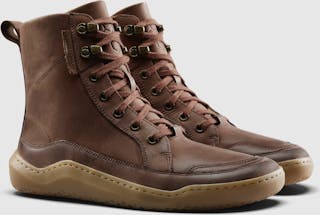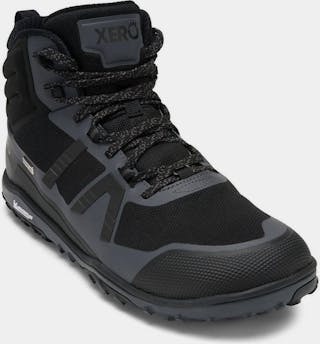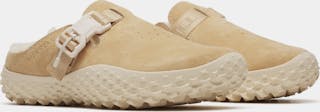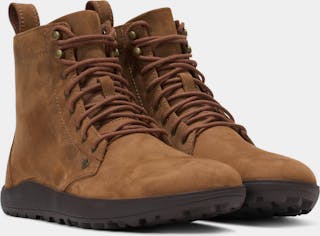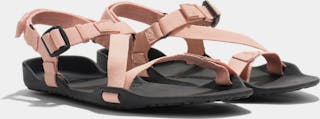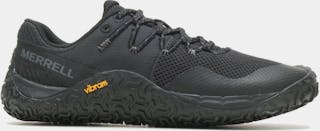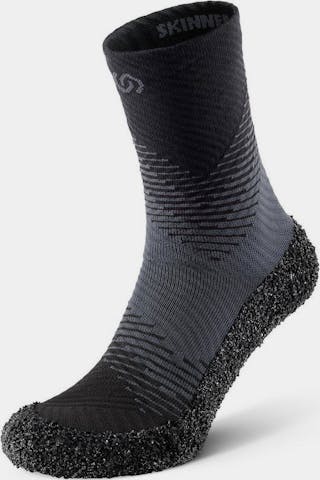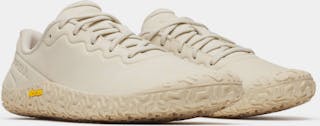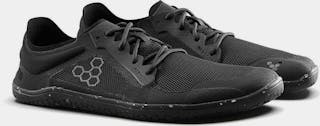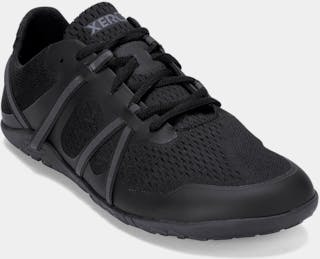Improve Your Stride with Barefoot Shoes!
Barefoot shoes allow your feet to work more naturally. When a person moves barefoot on a natural surface, the foot functions actively as it is meant to. The incredibly flexible sole of barefoot footwear enables a natural gait. Wearing them strengthens the muscles in the soles of the feet, calves, and thighs. Posture and balance also improve as the back and abdominal muscles are engaged.
“Zero Drop”
In most shoes, the heel is significantly higher than the ball of the foot, but in barefoot shoes this difference is minimized – allowing your calves to work optimally. Barefoot shoes protect unaccustomed feet from rough surfaces and uneven terrain without interfering with balance or force production.
Popular Brands
Our most popular barefoot shoes include various models from Merrell, Meindl Pure Comfort, Xero, Vivobarefoot, and the ultra-light Skinners.
Order Now!
Fast delivery from a trusted Finnish specialist store – even straight to your doorstep if needed!
